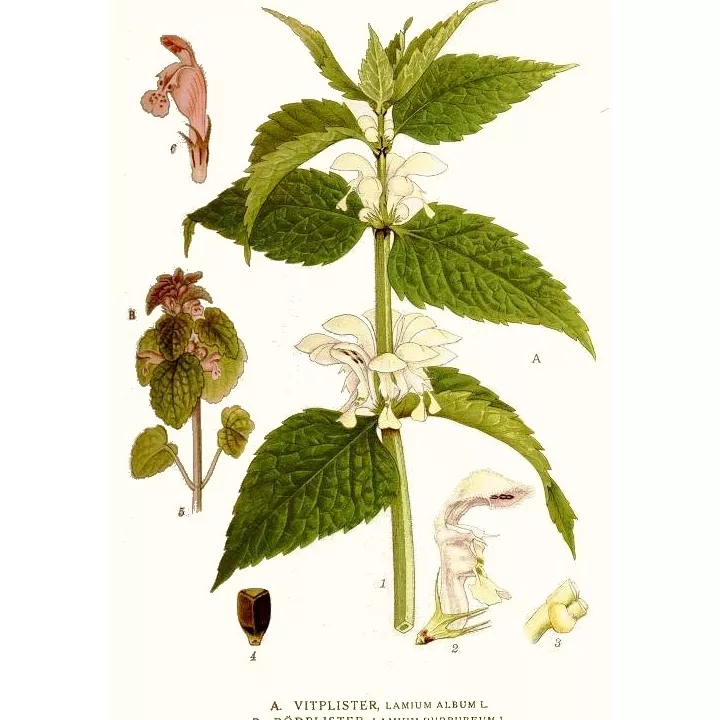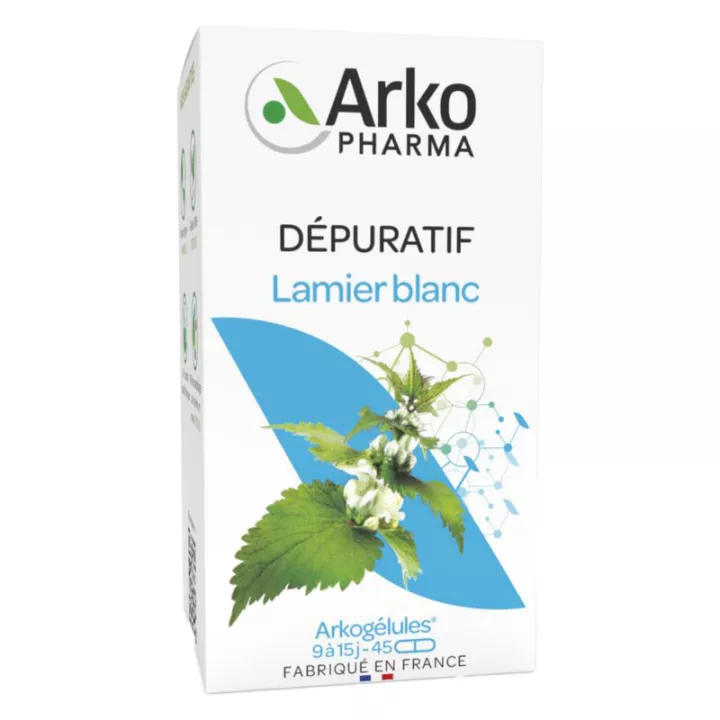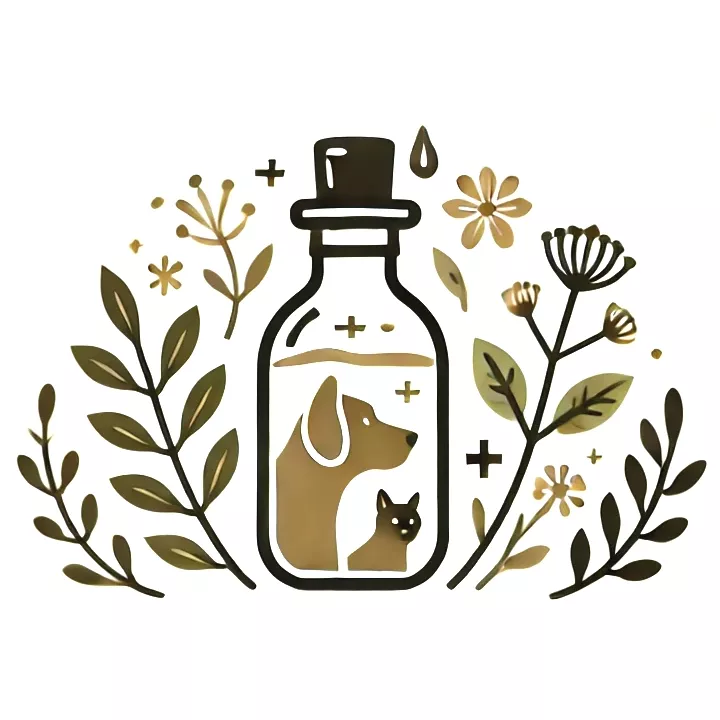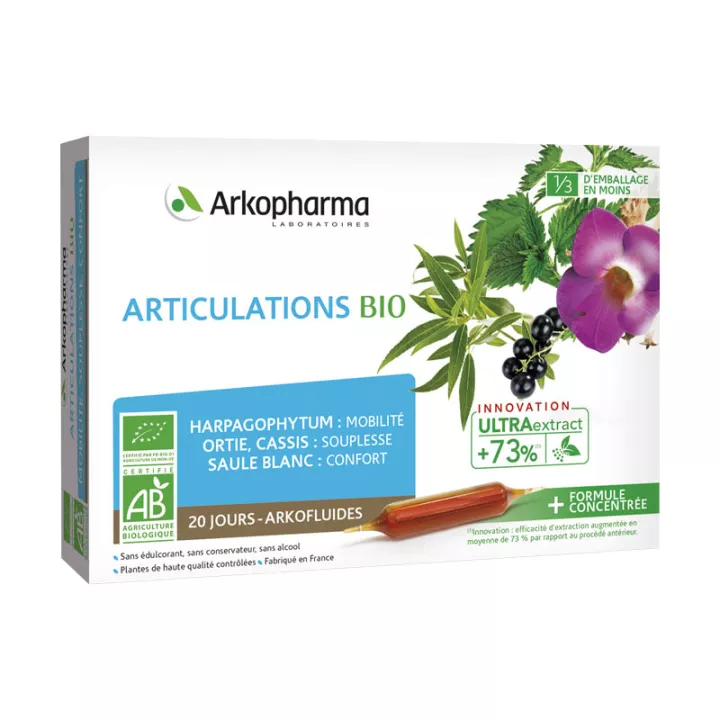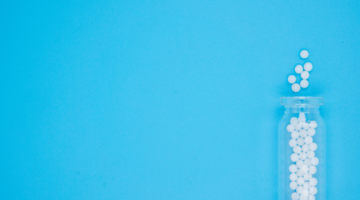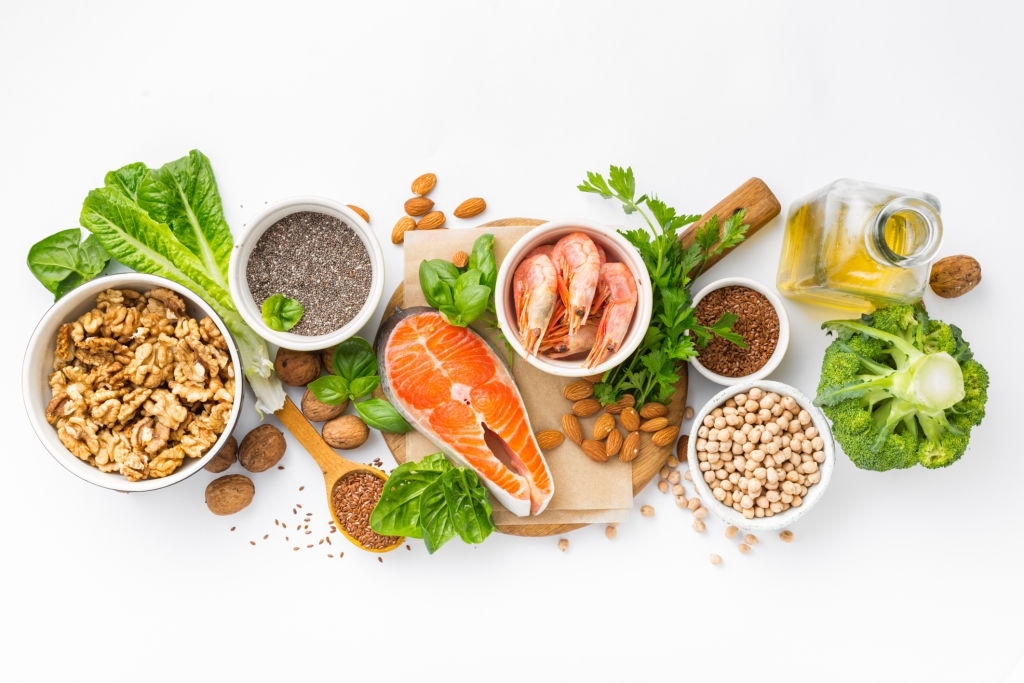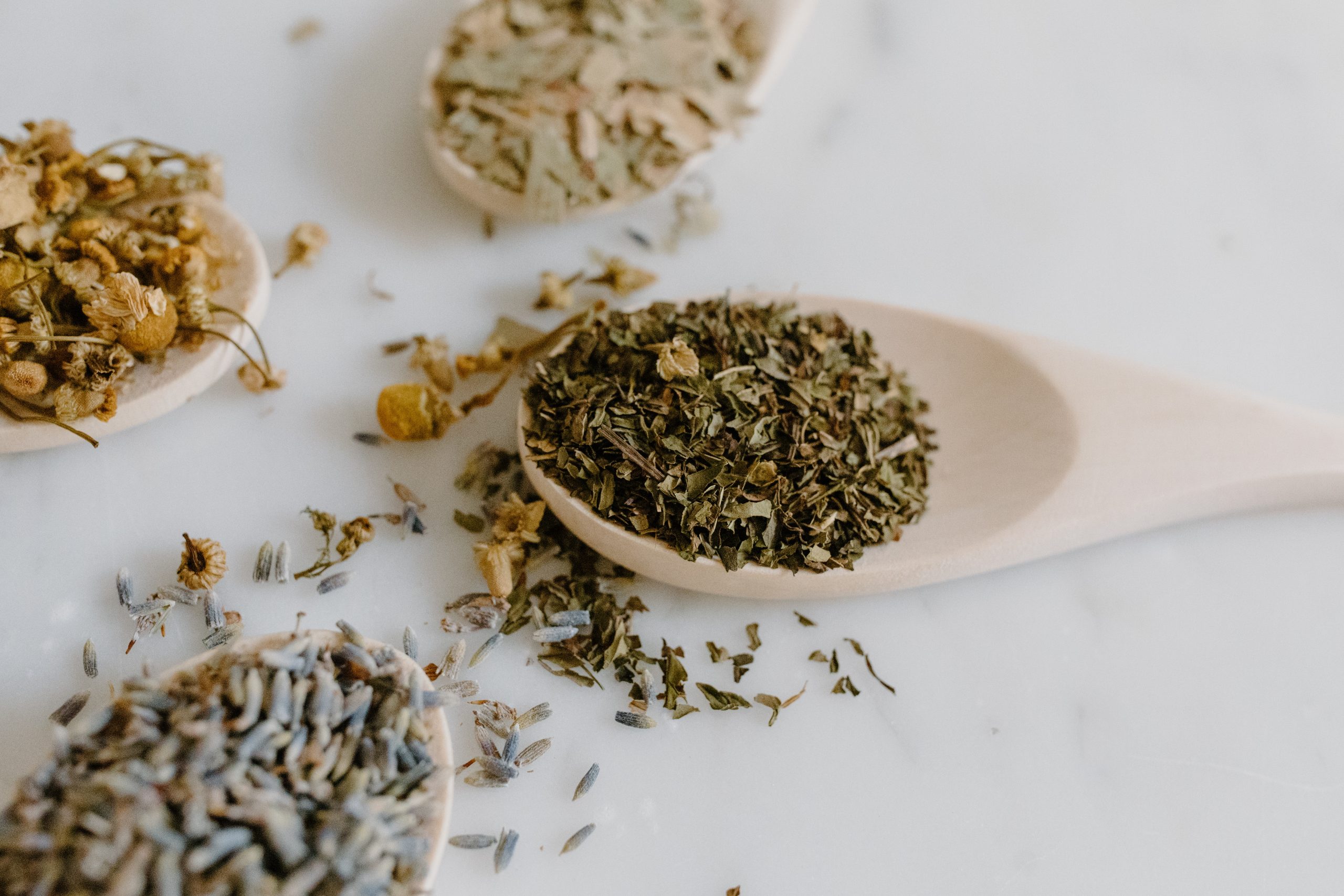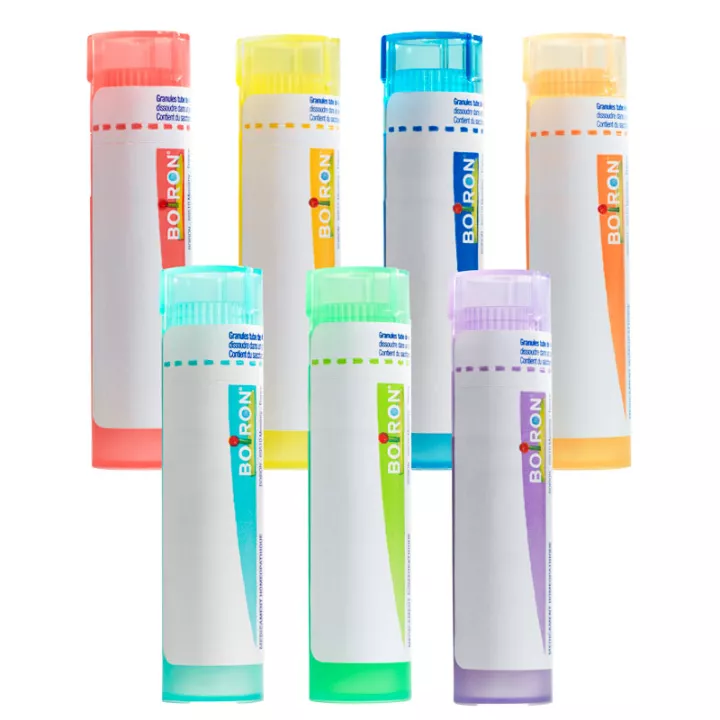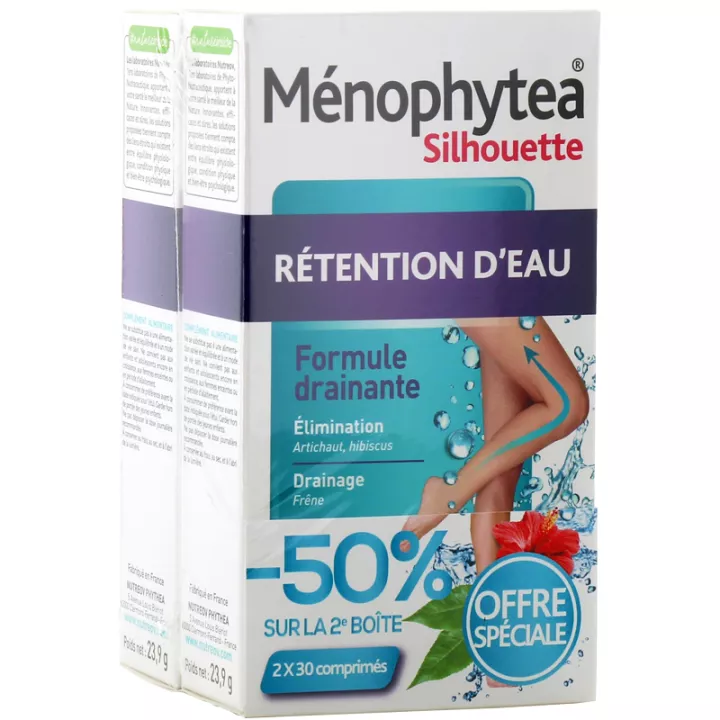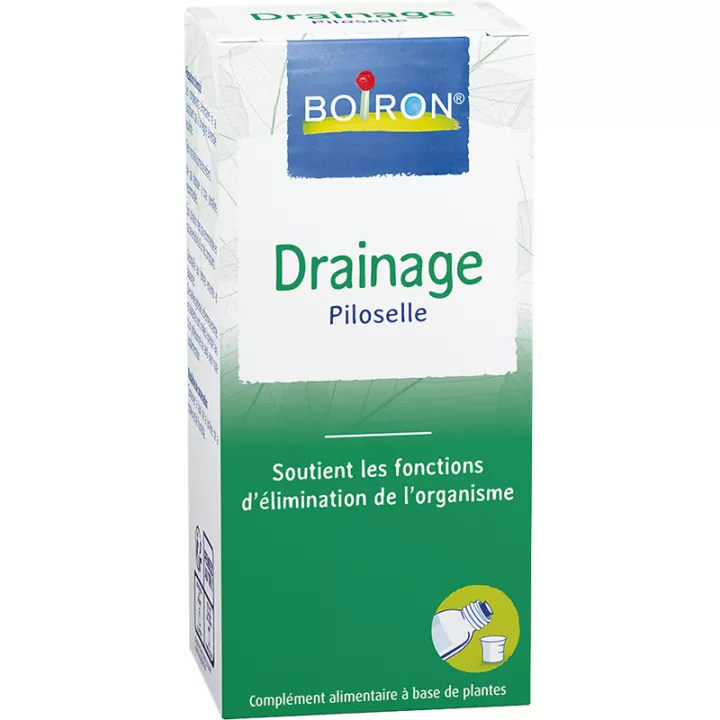What is the use of White Nettle - 250 g pack?
White nettle, or lamier blanc, is a medicinal plant with multiple virtues, widely used to relieve a variety of ailments. In particular, it is recommended for treating inflammation of the respiratory tract, as well as gastrointestinal disorders such as bloating and diarrhea. Its natural anti-inflammatory effect and numerous other properties make white nettle a popular choice for herbalists.
White nettle, a true gift of nature, is primarily recognized for its anti-inflammatory properties. It helps relieve joint pain, particularly in people suffering from conditions such asarthritis. This chronic pain can seriously affect your quality of life, making every movement difficult. Thanks to white nettle, you can regain pain-free mobility, a real asset for improving your daily life. Its soothing effect on joints reduces inflammation while promoting lasting comfort.
White nettle is also used to combat digestive disorders, particularly bloating and diarrhea. Its astringent properties help regulate intestinal transit and calm gastrointestinal disorders. If you suffer from recurrent digestive disorders, regular consumption of an infusion of white nettle buds can rebalance your digestive system and provide lasting comfort. What's more, its effects are quickly felt, allowing you to regain harmonious digestion.
The benefits of white nettle are not limited to digestion. This plant is also an excellent remedy for women suffering from dysmenorrhoea (painful periods) or leucorrhoea (white discharge). By regulating the menstrual cycle and reducing the pain associated with it, white nettle enables women to experience their cycle more serenely. It's a natural alternative to more invasive treatments, with the assurance of respecting the body's natural functioning.
Menopausal problems such as hot flushes, irritability and bladder discomfort can be relieved with white nettle. This plant is also useful in cases of prostatitis in men or to relieve bladder pain. Its diuretic and anti-inflammatory properties make it a valuable ally in maintaining good urogenital health.
White nettle also stands out for its expectorant and mucolytic properties, facilitating the evacuation of mucus in the event of respiratory infections. It helps soothe inflamed airways, reducing respiratory discomfort. It is also recommended for external use on skin conditions such as eczema, thanks to its antibacterial and antifungal effects.
Beyond its specific uses, white nettle is a rich source of antioxidants and nutrients such as iron, calcium and magnesium. These components help strengthen the immune system, regulate blood sugar levels and promote better cardiovascular health. By choosing white nettle, you're giving yourself a natural, effective and gentle solution to support your general well-being.
White nettle is ideal for those seeking a natural product with many benefits. Add it to your daily routine to enjoy its beneficial effects on your health.
We also offer Pissenlit Racine Coupée Iphym Herboristerie Taraxacum officinale, at the best price in our online pharmacy.
How to use this product
To take full advantage of the benefits of white nettle, we recommend preparing an infusion using one teaspoon of buds per cup of hot water. Leave to infuse for 5 minutes, then drink two to three cups a day, particularly in cases of white discharge. For a decoction, boil the plant for 3 minutes before drinking two to three cups daily. This method of preparation ensures you benefit from the healing properties of white nettle.
Give your opinion on the advice for use and dosage of White nettle with our partner Verified opinions after your purchase.
Precautions for use
White nettle is not a medicine, but a dietary supplement. It is not a substitute for a varied, balanced diet and a healthy lifestyle. Consult your doctor before use, especially if you are pregnant or breast-feeding. Keep this product out of the reach of children to avoid accidents.
What does it contain?
White nettle (Lamium album) contains ethically and naturally harvested flowering tops. This product contains
Vitamins, Flavonoids, Tannins, Phenolic acids, Iron, Calcium, Magnesium, Potassium, Iridoids
Presentation
This product is available in 100 g, 250 g and 1 kg, to suit your needs.

